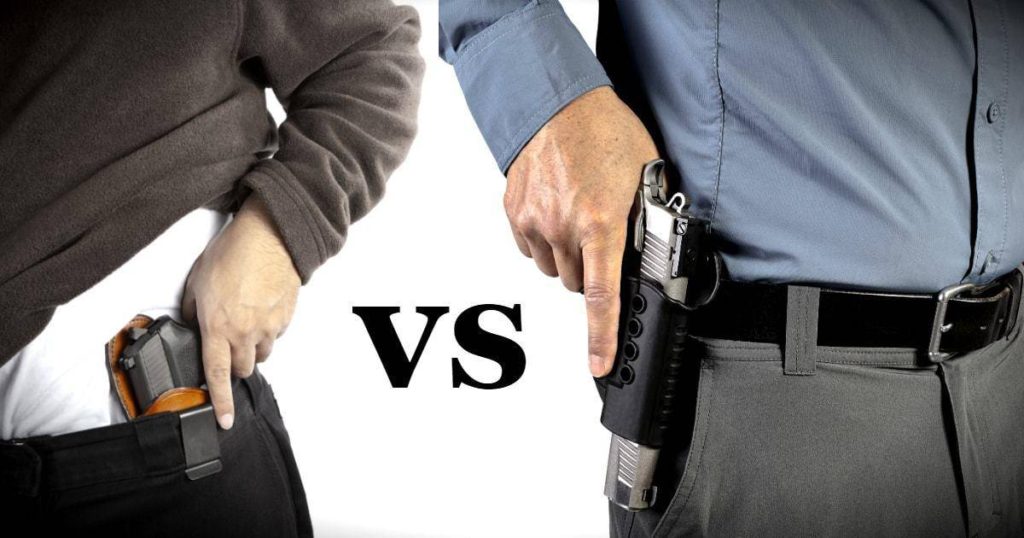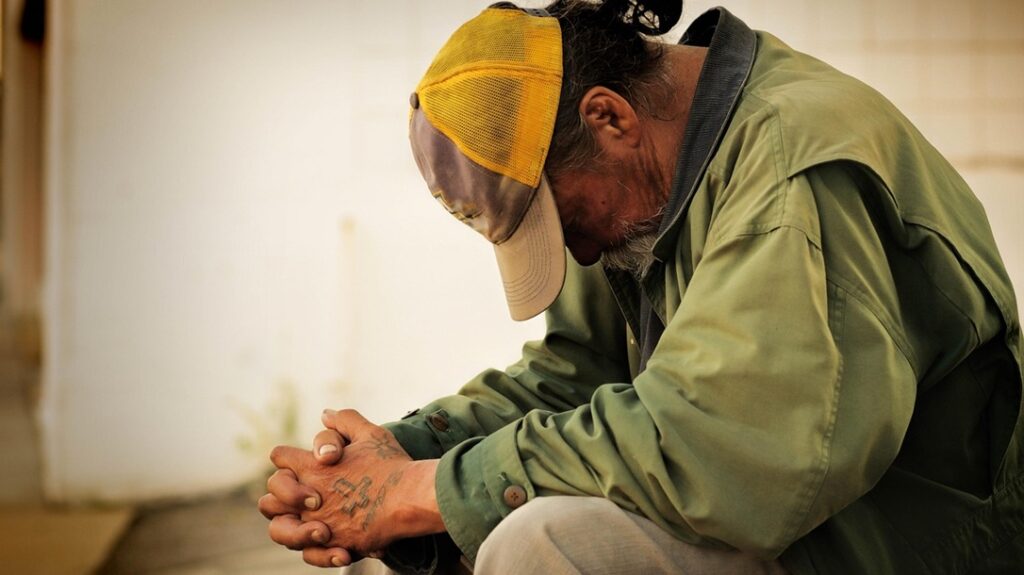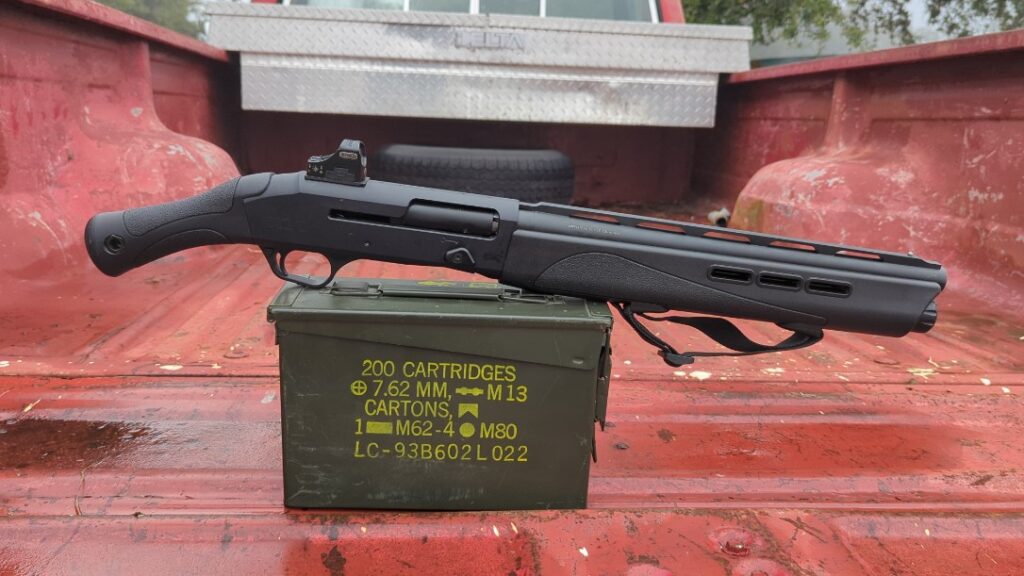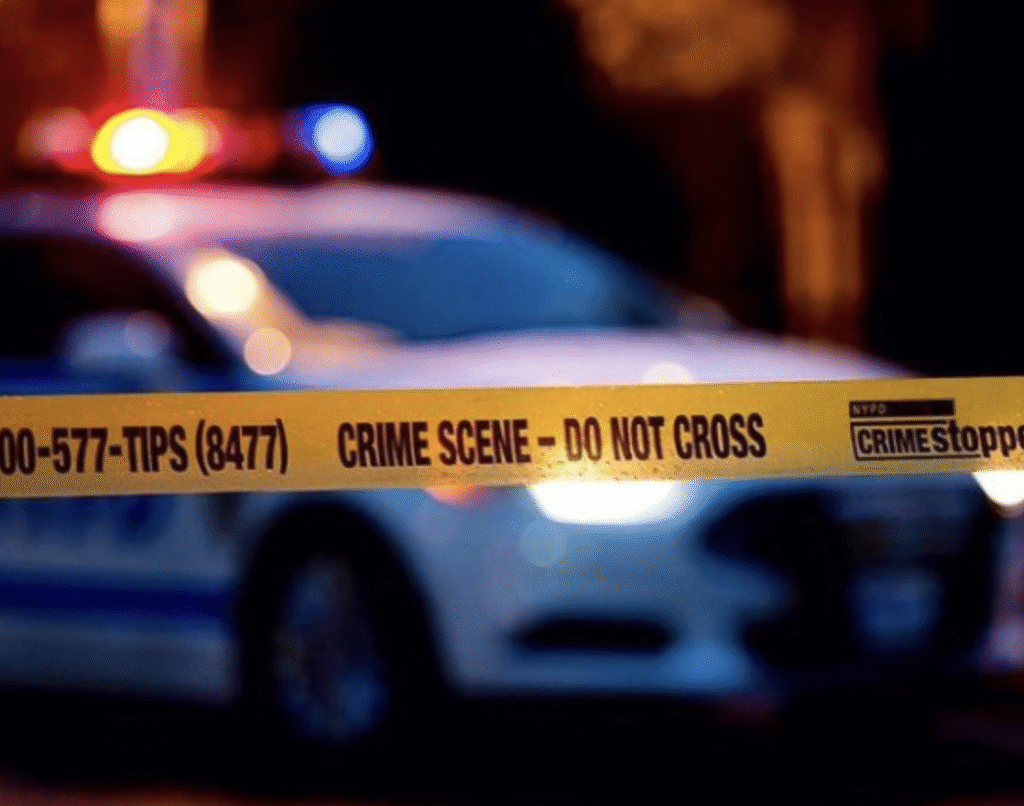In Young v Hawaii a 3-judge panel of the Ninth Circuit Federal Court of Appeals concluded:
“[E]ven though [the Ninth Circuit] has read these cases to exclude concealed carry from the Second Amendment’s protections, see Peruta II, . . . the same cases command that the Second Amendment must encompass a right to open carry. “[emphases in original]
Advertisement — Continue Reading Below
When reconsidered en banc, the Ninth Circuit decided that there really was no right to carry whatsoever. Young has appealed to the Supreme Court. It seems likely that the Court will grant certiorari. This prediction is founded on the observation that Young’s prayer for relief is modest: he wants only to be issued a permit to openly carry. Moreover, there is ample precedent from 19th Century cases that open carry – i.e. ‘in full open view’ which places men upon an equality – “This is the right guaranteed by the Constitution of the United States . . . “It would be a small step for the Supremes to go so little a way to begin to discover “the Right” to “bear” “arms”.
Young comes in the shadow of NYSRPA v Corlett which SCOTUS has already agreed to hear in its 2021/22 term. There, the Court will decide: “Whether the State’s denial of petitioners’ applications for concealed carry licenses for self-defense violated the Second Amendment.” Substitute “concealed“ with “open“ and you have Young.
The title of this was going to be “Where is Joan Rivers Now That We Really Need Her?” Before her untimely demise, Ms. Rivers presided over her court of “Fashion Police” propounding the fashion faux pas of the day, dictating de rigueur in accessorizing. Should the Supremes dig diligently into the history of concealed carry they might be puzzled and begin to wonder whether the distinction between concealed and open carry is more of a fashion statement than a legitimate distinction of law.
Advertisement — Continue Reading Below
The Constitutional method of “original meaning” compels a court to find the meaning of a right to be what was held by the public ratifiers at the time of adoption, i.e., 1789-1791. What was the “original meaning” of the phrase “bear arms” in that era? In the absence of recovered documents specifically speaking to the distinction between concealed and open carry, students of history are left to draw inferences from other evidence.
It’s difficult to say with any confidence much about 18th century public sentiment toward concealed carry. That era’s handguns were characterized as: horse pistols, belt pistols and pocket pistols. The literature on handgun gunsmithing is replete with mentions of the latter class, albeit clearly a minority of production. The “coat pocket pistol” was a subtype somewhat more popular than the diminutive “pocket pistol” but still more concealable than the belt pistol.
We should wonder why there was a public market for a class of readily concealed pistols if there were no recognized right in the public mind to bear such arms. It is likely that anyone who could afford a brace of pocket pistols would have been a gentleman – and, as such, would be considered at liberty to accessorize as he saw fit. That would imply the right to carry openly, concealed, or not at all.
Advertisement — Continue Reading Below
The first states to ban concealed carry were Kentucky and Louisiana, in 1813, 22 years after the founding generation ratified the Second Amendment. Things get muddier when the 1833 case Barron v Baltimore established the Federalism principle that the Bill of Rights did not constrain state legislatures. That rule was substantially reversed by the 14th Amendment and the doctrine of “incorporation” culminating in the 2010 Second Amendment case of McDonald v Chicago. Throughout the 19th and 20th centuries, there was no Second Amendment right to arms that Federal courts would enforce upon the states. But since 2010, there is evidently some right to bear arms that the Supremes should now be duty bound to discover, declare and enforce upon the states.
Wrenn v District of Columbia stands for the proposition that there is a right for the “average” citizen to be issued a concealed carry permit. The three judge panel in Young v Hawaii endorsed the right to be issued an open carry permit. The Ninth Circuit en banc then found in Young no right to carry whatsoever. That Circuit ducked the open-carry issue in its decision in Peruta II, for which the Supreme Court denied cert. Having denied Peruta’s claim to a right to a concealed carry permit, the Ninth Circuit was cornered. Sitting en banc, it found against Young’s right to an open carry permit, ruling out any practical claim to a Second Amendment right to bear arms within its jurisdiction. This places it (with the Second, Third and Fourth Circuits) in conflict with the Seventh and District of Columbia Circuits, which have found a right to a concealed-carry permit.
Generally speaking, sentiment concerning the practice of open vs concealed carry has essentially reversed over time from the 19th to 20th century. By the close of the 19th century, some states permitted both open and concealed carry, others only one or the other. Where carry was common but concealed carry prohibited (or regulated), open carry was an accepted practice. Where carry was common and concealed carry permitted (or lightly regulated), concealed-carry superseded open-carry in popularity. In the 20th and now the 21st centuries, open carry has been generally (but not universally) legal, but not commonly practiced. Concealed carry became the predominantly preferred mode of carry.
Advertisement — Continue Reading Below
What happened? Did “the law” of the Second Amendment’s “right” to “bear arms” change from the 18th and 19th to the 20th and 21st centuries? How did this occur? There were no Supreme Court cases on mode of carry adjudicated at any time throughout this period. Cases adjudicated in several state supreme courts concerning state constitutional rights may be persuasive, but they are not nationally binding. The U.S. Supreme Court will not be searching for the meaning of the right to bear arms found in Hawaii’s constitution; it will be called upon to define “the right” defined by the Federal Constitution.
Arguably, the 19th Century laws of Kentucky, Louisiana and so many others which followed, may be characterized as “longstanding”. But does “longstanding” mean “since the founding era”; “since the antebellum era”; “since the turn of the 20th Century”; or some other prominent milestone of constitutional history? State laws banning or regulating concealed carry were not all adopted and upheld in the first quarter of the 19th Century. Generally, this development played out between 1813 and the middle of the 19th Century; again, under respective state constitutions rather than the Federal Second Amendment. Do any of these laws illuminate the understanding of “the right” circa 1790?
The easiest step forward for the Supremes would seem to be to discover a right to open-carry that may not be denied by a state. That would open the way for state legislatures to be compelled to adopt a Shall Issue Open Carry permit law, affecting Hawaii, California, Illinois, Maryland, New Jersey, New York and Florida. But this impact would be very limited. And this scenario won’t unfold unless SCOTUS grants cert to Young and joins it with Corlett. A more likely scenario is that Young is held until Corlett is decided, with the Corlett decision apt to render the en banc Young decision moot.
Advertisement — Continue Reading Below
A likely response would be that state legislatures would adopt carry permit laws that do not differentiate between open vs. concealed carry. The legislators might hope that their residents would opt for concealed-carry over open-carry, so that their constituents would not suddenly see openly armed civilians all over public places.
Another possible scenario is that SCOTUS would declare that the states may ban open-carry or concealed-carry, but not both. Such a move would bring Hawaii, California, Maryland and New Jersey into conformance with Illinois and Florida. The “Gunshine” state is peculiar in forbidding open carry except while camping, hunting or fishing. Presumably, gators are preying on Floridians engaging in such activities who must therefore have more ready access to their handguns. Should the Supreme Court take this route, they will enshrine in Federal Constitutional law a “checkerboard” treatment of the right to bear arms. As the interstate traveler crosses state lines s/he will be obliged to take care to conceal or display her handgun to conform to local law.
In that case, state legislatures will sit – perhaps under the heavenly supervision of Ms. Rivers – to declare whether open carry or concealed carry is the fashion faux pas of their respective jurisdictions. Hawaiians may wear grass skirts, but they must bear arms openly? Californians must conceal their weapons? Floridians may bear their arms bare only while fishing or wearing bikinis? In Texas, Arizona and New Mexico, anything goes!
Advertisement — Continue Reading Below
The hoplophobes would be appeased in concealed carry only states, whereas in open carry only states those horrified by the practice of secreting arms will be comforted by the knowledge that those openly carrying are properly vetted. Excepting for those states which have adopted Constitutional Carry. The only uniform aspect of open arms bearing throughout the nation will be the fact that Black Lives Matter sympathizers will still have to endure the sight of police carrying guns on their belts. What will the children think?
To answer this last question, I offer the following. When I lived in New Jersey, I patronized a Dunkin Donuts not far from the Catholic girls’ high school from which my daughter graduated. I was routinely surrounded by a gaggle of giggling girls dressed in their uniform kilts, and occasionally observed a middled-aged lady in street clothes accessorized by a revolver on her hip.
No one paid the least bit of attention to her except the counter clerk when taking her order. Eventually, I asked her if she were a cop; she replied in the affirmative. As captain of the obvious I remarked that she was not in uniform, to which she replied that she was a detective. Apparently, the nuns had failed to inculcate a proper sense of hoplophobia in their students, who just didn’t care.
Advertisement — Continue Reading Below
What’s at stake here in Young? And in Corlett? And the two together? We ought to be thinking about this now as briefs are being written for Corlett; especially amicus briefs. The litigants are constrained to speak narrowly to the question certified, which is concealed carry. Amici might have greater latitude to slip in something about open carry and the bigger picture. Three points:
First, experience tells us that states which disparage carry will use concealed-carry only statues to harass gun owners who might inadvertently and briefly “flash” a bit of butt. We must avoid this vulnerability. A right to open carry is a bright-line solution. An allowance for “inadvertence” and “brief” leaves the cop, prosecutor and court ample opportunity to harass. No allowance would be ruinous. The conscientious concealed carrier must produce sufficient evidence to refute the charge of consciousness and long duration of exposure. He might beat the rap but not the ride.
Second, the “longstanding” dicta in District of Columbia v Heller is at stake. What is longstanding? 1813, antebellum or Reconstruction, 1911’s Sullivan Law? Is the original meaning doctrine based on the date of ratification? Corlett and Young represent the best opportunity for SCOTUS to discount the precedential weight of any state gun control laws adjudicated after the ratification of the Bill of Rights.
Advertisement — Continue Reading Below
Third, nailing down McDonald’s incorporation of the Second Amendment upon the states. What is the right to arms contemplated by the Second Amendment for the nation, never mind any state constitution or laws, for what arms? Corlett and Young represent our best opportunities for the Court to make clear that state laws regarding the keeping and bearing of arms are superseded by the rights guaranteed in the Federal Constitution. Before ratification of the 14th Amendment there may have been no recourse to Federal Courts for a state infringement of a Constitutional right. That right was finally corrected for the Second Amendment by McDonald.
This discussion about the Constitutional distinction between open and concealed carry is a rare opportunity to ridicule gun control on a plane with fashion control. Should SCOTUS choose to allow states to distinguish open from concealed carry then it should expect to raise Joan Rivers from her grave to adjudicate many approaches to carry:
– purse vs. belt vs. shoulder;
– inside vs. outside the waistband;
– appendix vs. 3:00 o’clock vs. 6:00 o’clock; and, ultimately,
– a FlashBang holster clipped to a citizen’s bra?
We suggest that it would be prudent to subject such fashion statement laws to strict scrutiny.
.
.

—‘MarkPA’ is trained in economics, a life-long gun owner, NRA Instructor and Massad Ayoob graduate. He is inspired by our inalienable rights to “life, liberty and the pursuit of happiness” and holds that having the means to defend oneself and one’s community is vital to securing them.















